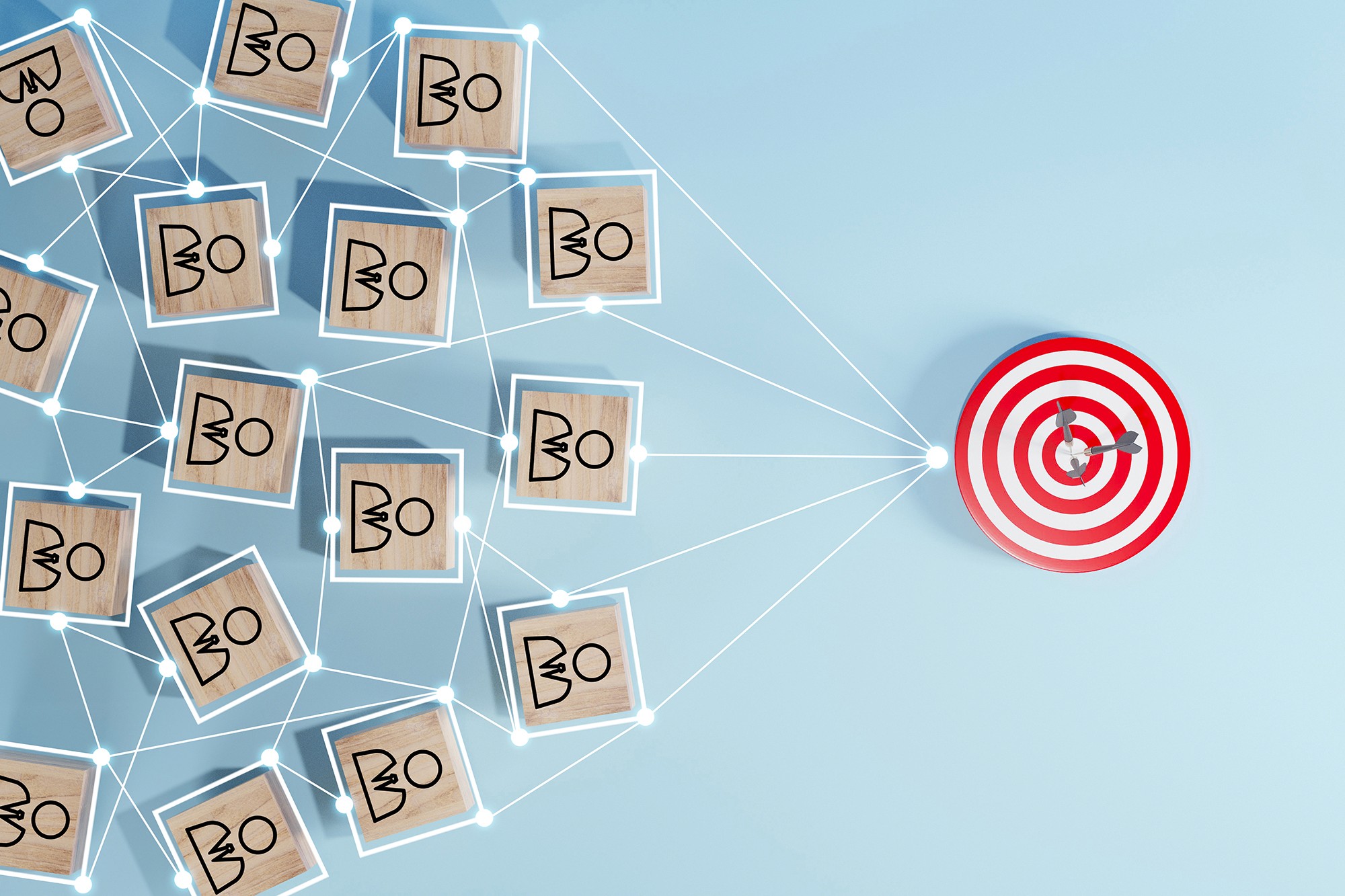
Lead Generation
Improved Lead Targeting Through Data-Driven Segmentation
Improved Lead Targeting Through Data-Driven Segmentation
2025-02-11

Lead Generation
Improved Lead Targeting Through Data-Driven Segmentation
2025-02-11

Lead Generation
Improved Lead Targeting Through Data-Driven Segmentation
2025-02-11
With B2B sales, the sales cycle is longer. Attracting quality prospects is important. Using data on businesses and segmenting your leads is an essential starting point in garnering these high-quality leads.
With B2B sales, the sales cycle is longer. Attracting quality prospects is important. Using data on businesses and segmenting your leads is an essential starting point in garnering these high-quality leads.
With B2B sales, the sales cycle is longer. Attracting quality prospects is important. Using data on businesses and segmenting your leads is an essential starting point in garnering these high-quality leads.
With B2B sales, the sales cycle is longer. Attracting quality prospects is important. Using data on businesses and segmenting your leads is an essential starting point in garnering these high-quality leads.
Table of Contents
Auto Generated TOC
Auto Generated TOC
Auto Generated TOC
Auto Generated TOC
Data Enrichment and Targeted Analytics in B2B Lead Generation and Sales
With a longer sales cycle, it’s important to use your time and effort efficiently on the right customers. You’ll need to use data enrichment and targeted analytics to generate leads that produce sales.
Customers want a more self-guided buyer’s journey experience. The improvement and sophistication of lead gen technologies make this possible. Here are a few lead-generation strategies that use targeted analytics and data enrichment:
Get Marketing and Sales on the Same Page
Traditionally, your marketing team attracts customers and then hands them to your sales team to nurture them into paying customers. When your marketing and sales teams work closely together and are on the same page, you’ll get a shorter sales cycle. You’ll also deliver a more personalized buyer’s experience.
Targeted Marketing Campaigns
Successful sales begin with attracting the right prospects through targeted marketing campaigns. The use of analytics and data are paramount in creating targeted marketing campaigns.
Using data in marketing campaigns allows for more enhanced segmentation, better targeting, continued improvement, and predictive modeling. Targeted marketing campaigns that use data are easy to set up and use the following steps:
Data collection
Storing data
Data analysis
Audience segmentation
The implementation of data-based strategies
Personalized Customer Interactions Through Your CRM
Customers who have a personal connection with your brand will more likely make a purchase. They want to be treated like people your business can help, not just objects to monetize. Here are some marketing and sales strategies that produce personal interactions with leads:
Business Automation
Automation is a great way to increase the efficiency and effectiveness of your lead generation. With automation, routine tasks like lead scoring, data entry, and email management are run can on their own.
With automation, your business can foster personal relationships with many customers and prospects through personalized messaging.
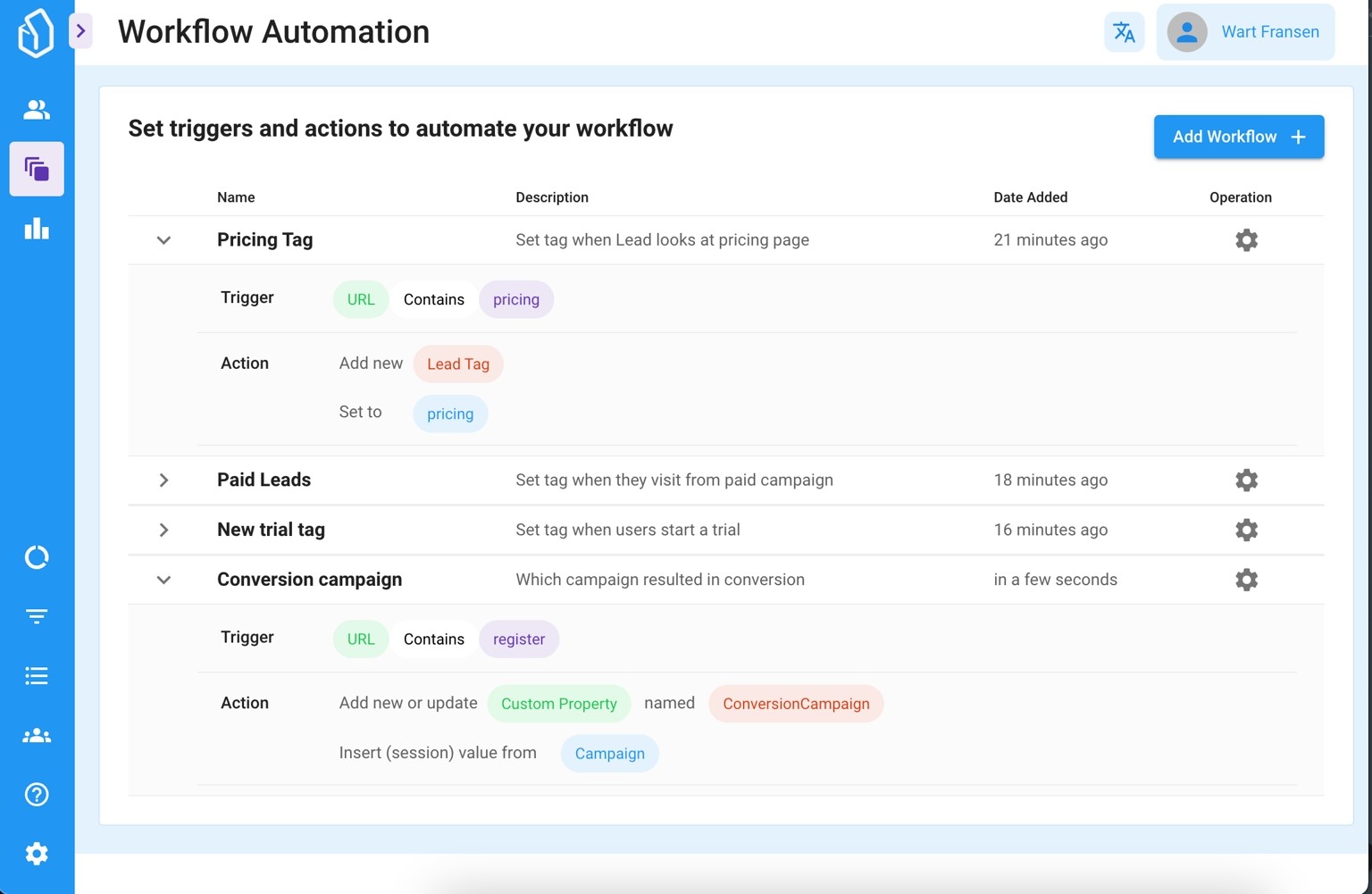
Source
Predictive Analysis
With predictive analysis, you can use data to understand your customers. When you know your leads, you can produce tailored messaging and content that resonates with them. The personalized customer interactions through predictive analysis will build stronger customer relationships that will produce sales.
Customer Service
Nothing is more frustrating to a customer than not getting a response to their questions and frustrations in the sales process. Customers demand immediate responses to their inquiries. This immediate customer service isn’t possible outside of business hours.
Fortunately, this constraint is no longer an issue thanks to chatbots and other AI tools. This new marketing and sales technology allows you to provide 24/7 customer service and assistance regardless of the time.
When customers get immediate responses from your company, they will do business with you. Your responsiveness will make each lead feel important, which is key to a personalized relationship with them.
Lead Generation Content Marketing
You need content to communicate with your customers. You need to be a helpful expert to instill trust in your prospects. Your content needs to showcase your expertise while understanding your customer’s needs.
Not only are your services and products amazing, but they can help your prospects. The lead generation content you produce offers value to your customers. The forms of content you can share with your leads and customers include:
Articles
Whitepapers
Blogs
Podcasts
Videos
Advanced SEO Techniques
When your leads look for solutions, they turn to the internet. You need a solid online presence to be found by your ideal leads and customers. Search engine optimization is how people find you online.
Schema Markup
Schema markup is coding that gets added to HTML-based websites. Schema markup gives search engines detailed information on a website’s content.
For readers to easily see your content, it must appear towards the top of search results. With schema markup, your content will achieve this since it’s easily accessible to search engines.
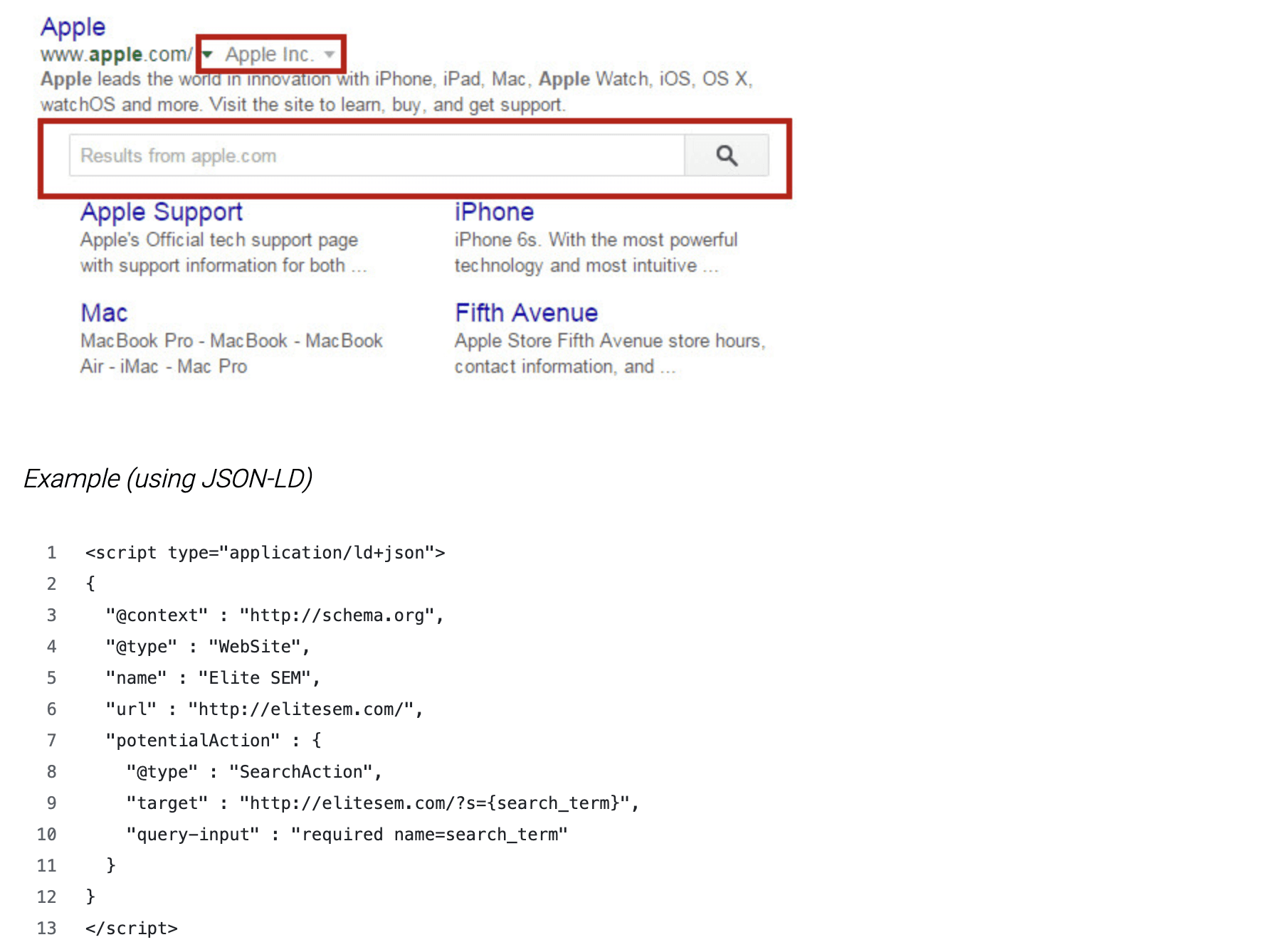
Source
Leveraging Links
Links in your content allow readers to navigate to other pages to get more information. There are two different types of links: internal and external. Internal links go to another page on your website, while external links go to other websites.
Your lead generation content should have a mix of internal and external links. When it comes to external links, be sure you’re redirecting readers to reputable, relevant websites.
Account-Based Marketing (ABM)
With account-based marketing (ABM), you’re focusing on targeted leads rather than a large, broad audience. ABM personalizes the lead generation process through tailored messaging. There are four steps in account-based marketing:
Identify target audiences
Create personalized content
Leverage data and analytics
Build relationships
Lead Generation Social Media Strategies
However, B2B leads are just as active on social media as B2C leads. With social media marketing for B2B sales generation, you need impactful content.
Lead Scoring and Qualification
Your lead generation strategies will only be as effective and successful as the quality of your prospects. Lead qualification and scoring are ways you can group and prioritize your leads. By focusing on the leads most likely to convert, you can focus on providing personal experiences.
With today’s marketing and sales technologies, numerous models and platforms score and segment sales prospects. The following are the most common models and platforms:
Predictive Lead Scoring Models
With predictive lead scoring models, algorithms based on historical data predict how likely a lead will convert. Predictive lead scoring models include the following activities:
Data collection
Variable targeting
Data splitting
Model selection
Evaluation
Integration and deployment of the algorithm
Behaviour-Based Segmentation
Behavior-based segmentation goes beyond the traditional attribution-based segmentation. Instead of grouping your leads based on physical characteristics, group them based on their behavior to your lead generation efforts.
Measured behaviors include customer support experience, website visits, and engagement with marketing campaigns. By measuring lead behavior, you’ll be able to prioritize those more engaged and more likely to buy.
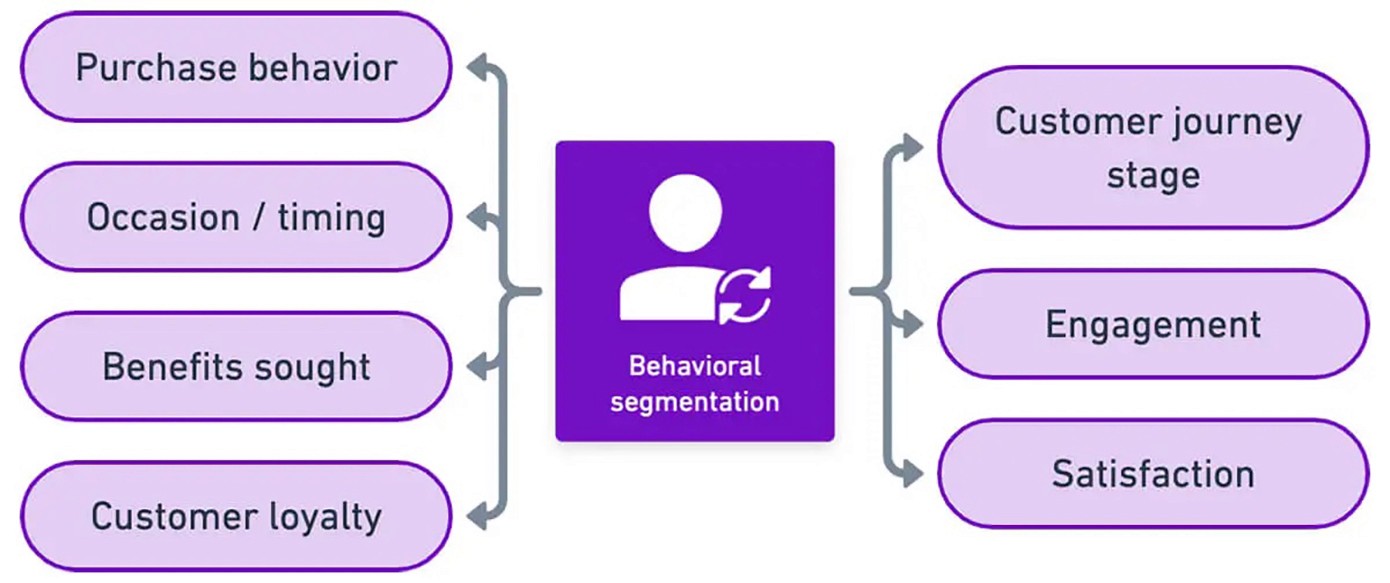
Source
Recency, Frequency, Monetary (RFM) Analysis
With recency, frequency, and monetary analysis, your group leads are based on how recently they engaged with your brand. Prospects who are actively engaged have higher priority. Similarly, those who have recently made a purchase get prioritized.
Firmographic Data
Most of the data you’ll find are about individual customers, not businesses. Building a relationship with a business representative is important, but what if you could get data on the company itself?
Firmographic data is data based on individual businesses. Such data often includes industry, size, location, and structure. Instead of visually displaying your targeted customer, it portrays your target business.
The more you know about a business, the easier it is to deploy targeted, personalized B2B messaging and techniques. When your offerings align with what a business needs or wants, the more B2B sales you’ll get.
How to Harness Firmographic Data in Your Sales Strategy
Now that you’ve gathered and analyzed valuable data, how do you use it in your lead-generation strategy? Gathering and interpreting data and segmenting your audience is the first step in fully utilizing firmographic data.
Lead Qualification
Not every lead will turn into a sale. This is why lead qualification is important. With lead qualification, prospects are filtered through various prerequisites.
At LeadBoxer, your marketing and sales teams can focus on the most promising leads that will likely convert. This platform uses first-party intent data to score and segment leads. This allows you to identify the most promising leads.
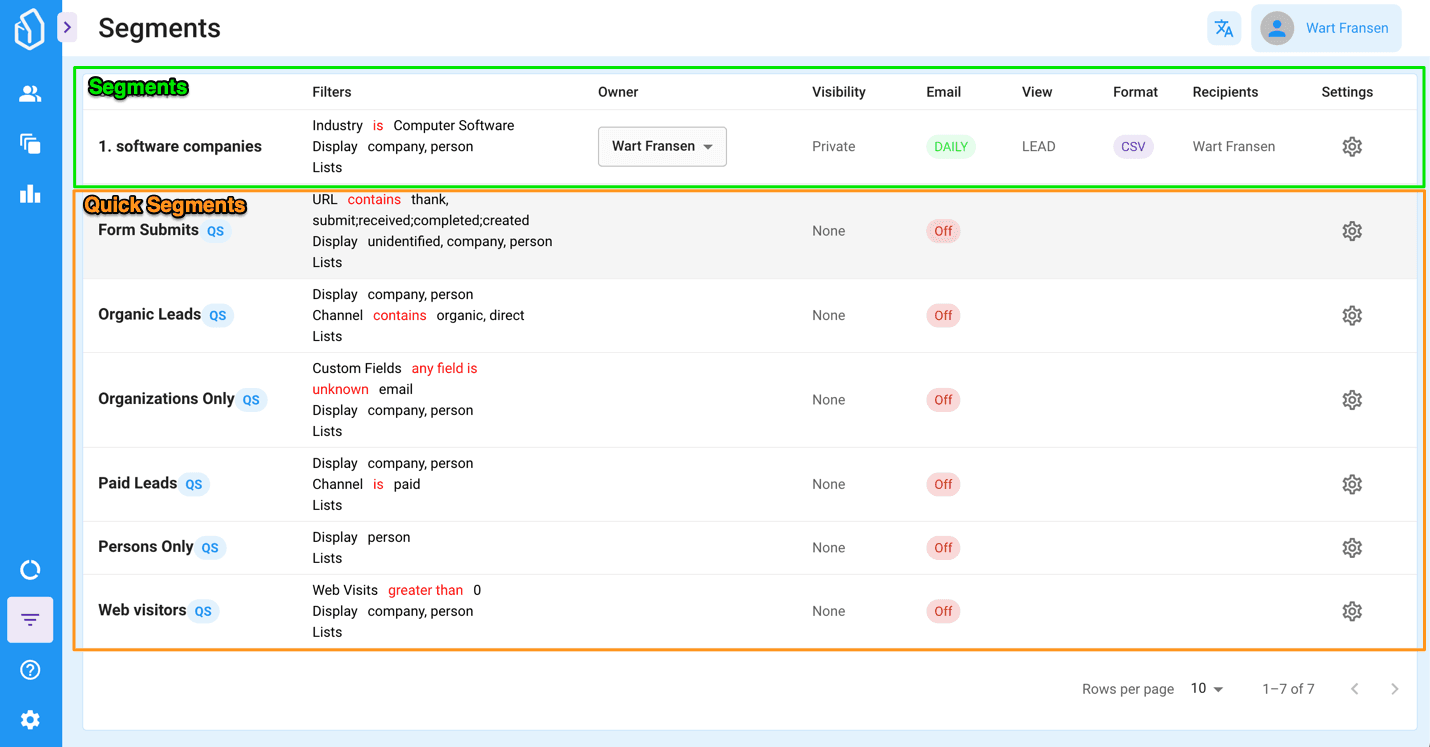
Source
LeadBoxer uses first-party buyer intent data in lead qualification. This type of content measures lead behavior to assess their readiness to convert. Some of the first-party intent behaviors that are captured include:
Someone viewing specific pages on your website
Someone downloading certain whitepapers on your website
High engagement with your sales emails and newsletters
Spikes in website visits and pageviews
Lead Scoring and Segmentation
Once you have qualified leads, you can still end up with a large group. It can still be overwhelming to cultivate personal relationships with all of them. With LeadBoxer’s lead scoring, your qualified leads can be ranked by their perceived value.
Those that score high enough can be handed off from your marketing to your sales team. LeadBoxer automatically calculates the scores of your leads.
When you know the scores of your qualified leads, you can group them with others of similar scores and segment them on where they rank. You’ll prioritize those that have higher scores and work down your segmented groups.
With LeadBoxer, you can gather data on your leads to better segment them. With your leads, you can apply filters to group similar leads. Filters are the basis of lead segmentation in LeadBoxer’s platform.
Once your segments are created, you can save, edit, or duplicate them. Additionally, you can share the segments with coworkers via email. There are two default segments within the LeadBoxer platform: Top leads and target audience.
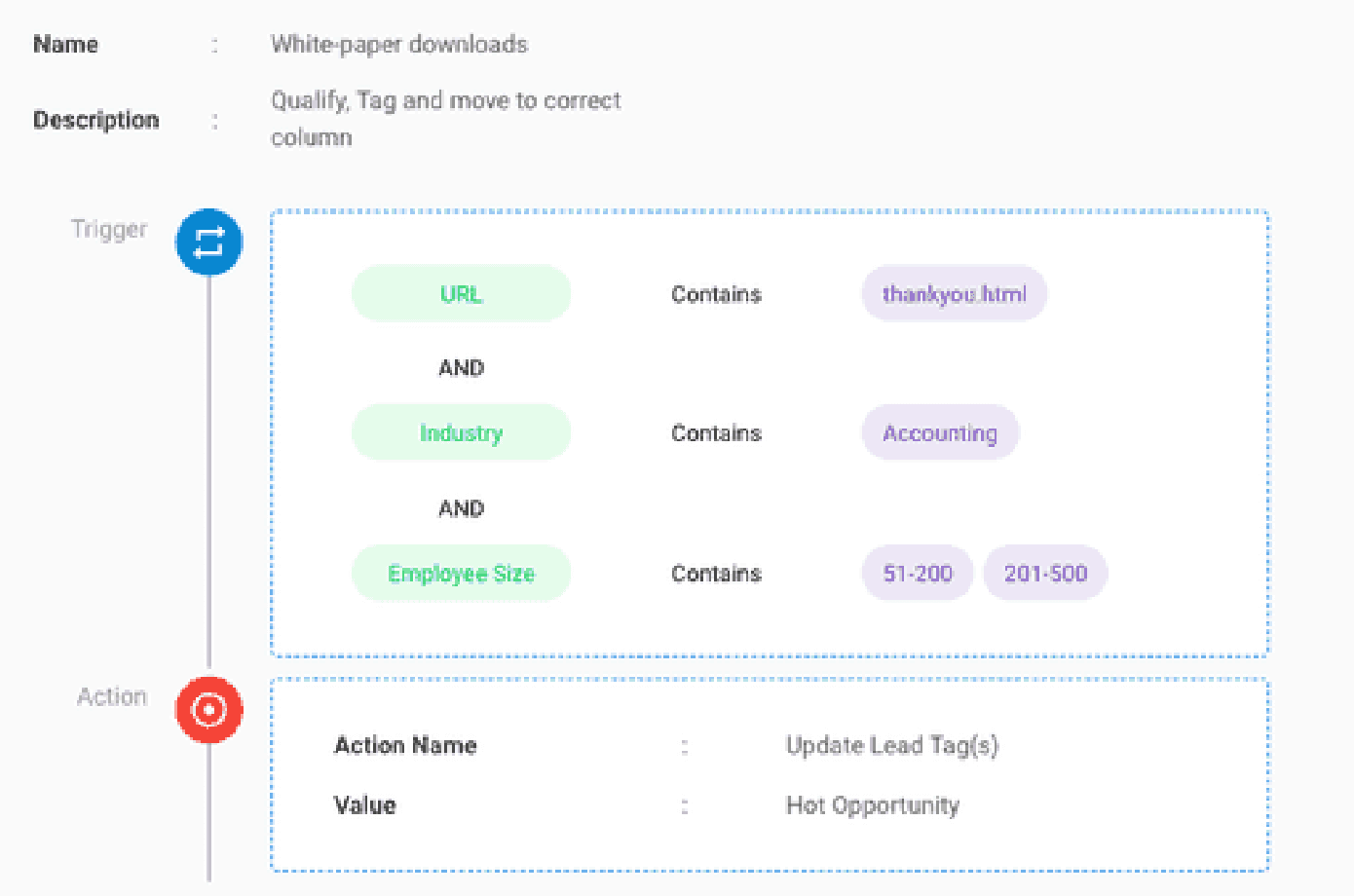
Source
There is a list of pre-defined segments in LeadBoxer that allows you to filter lead generation data quickly. These include commonly used segments such as:
Web visitors
Paid leads
Form submissions
Organic leads
Your B2B lead generation will be more successful with more tailored, customized customer interactions. Lead targeting and segmentation are important components of building positive relationships with customers. LeadBoxer’s lead scoring and segmentation can help improve sales by fostering personal relationships between brands and their leads.
Data Enrichment and Targeted Analytics in B2B Lead Generation and Sales
With a longer sales cycle, it’s important to use your time and effort efficiently on the right customers. You’ll need to use data enrichment and targeted analytics to generate leads that produce sales.
Customers want a more self-guided buyer’s journey experience. The improvement and sophistication of lead gen technologies make this possible. Here are a few lead-generation strategies that use targeted analytics and data enrichment:
Get Marketing and Sales on the Same Page
Traditionally, your marketing team attracts customers and then hands them to your sales team to nurture them into paying customers. When your marketing and sales teams work closely together and are on the same page, you’ll get a shorter sales cycle. You’ll also deliver a more personalized buyer’s experience.
Targeted Marketing Campaigns
Successful sales begin with attracting the right prospects through targeted marketing campaigns. The use of analytics and data are paramount in creating targeted marketing campaigns.
Using data in marketing campaigns allows for more enhanced segmentation, better targeting, continued improvement, and predictive modeling. Targeted marketing campaigns that use data are easy to set up and use the following steps:
Data collection
Storing data
Data analysis
Audience segmentation
The implementation of data-based strategies
Personalized Customer Interactions Through Your CRM
Customers who have a personal connection with your brand will more likely make a purchase. They want to be treated like people your business can help, not just objects to monetize. Here are some marketing and sales strategies that produce personal interactions with leads:
Business Automation
Automation is a great way to increase the efficiency and effectiveness of your lead generation. With automation, routine tasks like lead scoring, data entry, and email management are run can on their own.
With automation, your business can foster personal relationships with many customers and prospects through personalized messaging.

Source
Predictive Analysis
With predictive analysis, you can use data to understand your customers. When you know your leads, you can produce tailored messaging and content that resonates with them. The personalized customer interactions through predictive analysis will build stronger customer relationships that will produce sales.
Customer Service
Nothing is more frustrating to a customer than not getting a response to their questions and frustrations in the sales process. Customers demand immediate responses to their inquiries. This immediate customer service isn’t possible outside of business hours.
Fortunately, this constraint is no longer an issue thanks to chatbots and other AI tools. This new marketing and sales technology allows you to provide 24/7 customer service and assistance regardless of the time.
When customers get immediate responses from your company, they will do business with you. Your responsiveness will make each lead feel important, which is key to a personalized relationship with them.
Lead Generation Content Marketing
You need content to communicate with your customers. You need to be a helpful expert to instill trust in your prospects. Your content needs to showcase your expertise while understanding your customer’s needs.
Not only are your services and products amazing, but they can help your prospects. The lead generation content you produce offers value to your customers. The forms of content you can share with your leads and customers include:
Articles
Whitepapers
Blogs
Podcasts
Videos
Advanced SEO Techniques
When your leads look for solutions, they turn to the internet. You need a solid online presence to be found by your ideal leads and customers. Search engine optimization is how people find you online.
Schema Markup
Schema markup is coding that gets added to HTML-based websites. Schema markup gives search engines detailed information on a website’s content.
For readers to easily see your content, it must appear towards the top of search results. With schema markup, your content will achieve this since it’s easily accessible to search engines.

Source
Leveraging Links
Links in your content allow readers to navigate to other pages to get more information. There are two different types of links: internal and external. Internal links go to another page on your website, while external links go to other websites.
Your lead generation content should have a mix of internal and external links. When it comes to external links, be sure you’re redirecting readers to reputable, relevant websites.
Account-Based Marketing (ABM)
With account-based marketing (ABM), you’re focusing on targeted leads rather than a large, broad audience. ABM personalizes the lead generation process through tailored messaging. There are four steps in account-based marketing:
Identify target audiences
Create personalized content
Leverage data and analytics
Build relationships
Lead Generation Social Media Strategies
However, B2B leads are just as active on social media as B2C leads. With social media marketing for B2B sales generation, you need impactful content.
Lead Scoring and Qualification
Your lead generation strategies will only be as effective and successful as the quality of your prospects. Lead qualification and scoring are ways you can group and prioritize your leads. By focusing on the leads most likely to convert, you can focus on providing personal experiences.
With today’s marketing and sales technologies, numerous models and platforms score and segment sales prospects. The following are the most common models and platforms:
Predictive Lead Scoring Models
With predictive lead scoring models, algorithms based on historical data predict how likely a lead will convert. Predictive lead scoring models include the following activities:
Data collection
Variable targeting
Data splitting
Model selection
Evaluation
Integration and deployment of the algorithm
Behaviour-Based Segmentation
Behavior-based segmentation goes beyond the traditional attribution-based segmentation. Instead of grouping your leads based on physical characteristics, group them based on their behavior to your lead generation efforts.
Measured behaviors include customer support experience, website visits, and engagement with marketing campaigns. By measuring lead behavior, you’ll be able to prioritize those more engaged and more likely to buy.

Source
Recency, Frequency, Monetary (RFM) Analysis
With recency, frequency, and monetary analysis, your group leads are based on how recently they engaged with your brand. Prospects who are actively engaged have higher priority. Similarly, those who have recently made a purchase get prioritized.
Firmographic Data
Most of the data you’ll find are about individual customers, not businesses. Building a relationship with a business representative is important, but what if you could get data on the company itself?
Firmographic data is data based on individual businesses. Such data often includes industry, size, location, and structure. Instead of visually displaying your targeted customer, it portrays your target business.
The more you know about a business, the easier it is to deploy targeted, personalized B2B messaging and techniques. When your offerings align with what a business needs or wants, the more B2B sales you’ll get.
How to Harness Firmographic Data in Your Sales Strategy
Now that you’ve gathered and analyzed valuable data, how do you use it in your lead-generation strategy? Gathering and interpreting data and segmenting your audience is the first step in fully utilizing firmographic data.
Lead Qualification
Not every lead will turn into a sale. This is why lead qualification is important. With lead qualification, prospects are filtered through various prerequisites.
At LeadBoxer, your marketing and sales teams can focus on the most promising leads that will likely convert. This platform uses first-party intent data to score and segment leads. This allows you to identify the most promising leads.

Source
LeadBoxer uses first-party buyer intent data in lead qualification. This type of content measures lead behavior to assess their readiness to convert. Some of the first-party intent behaviors that are captured include:
Someone viewing specific pages on your website
Someone downloading certain whitepapers on your website
High engagement with your sales emails and newsletters
Spikes in website visits and pageviews
Lead Scoring and Segmentation
Once you have qualified leads, you can still end up with a large group. It can still be overwhelming to cultivate personal relationships with all of them. With LeadBoxer’s lead scoring, your qualified leads can be ranked by their perceived value.
Those that score high enough can be handed off from your marketing to your sales team. LeadBoxer automatically calculates the scores of your leads.
When you know the scores of your qualified leads, you can group them with others of similar scores and segment them on where they rank. You’ll prioritize those that have higher scores and work down your segmented groups.
With LeadBoxer, you can gather data on your leads to better segment them. With your leads, you can apply filters to group similar leads. Filters are the basis of lead segmentation in LeadBoxer’s platform.
Once your segments are created, you can save, edit, or duplicate them. Additionally, you can share the segments with coworkers via email. There are two default segments within the LeadBoxer platform: Top leads and target audience.

Source
There is a list of pre-defined segments in LeadBoxer that allows you to filter lead generation data quickly. These include commonly used segments such as:
Web visitors
Paid leads
Form submissions
Organic leads
Your B2B lead generation will be more successful with more tailored, customized customer interactions. Lead targeting and segmentation are important components of building positive relationships with customers. LeadBoxer’s lead scoring and segmentation can help improve sales by fostering personal relationships between brands and their leads.
Data Enrichment and Targeted Analytics in B2B Lead Generation and Sales
With a longer sales cycle, it’s important to use your time and effort efficiently on the right customers. You’ll need to use data enrichment and targeted analytics to generate leads that produce sales.
Customers want a more self-guided buyer’s journey experience. The improvement and sophistication of lead gen technologies make this possible. Here are a few lead-generation strategies that use targeted analytics and data enrichment:
Get Marketing and Sales on the Same Page
Traditionally, your marketing team attracts customers and then hands them to your sales team to nurture them into paying customers. When your marketing and sales teams work closely together and are on the same page, you’ll get a shorter sales cycle. You’ll also deliver a more personalized buyer’s experience.
Targeted Marketing Campaigns
Successful sales begin with attracting the right prospects through targeted marketing campaigns. The use of analytics and data are paramount in creating targeted marketing campaigns.
Using data in marketing campaigns allows for more enhanced segmentation, better targeting, continued improvement, and predictive modeling. Targeted marketing campaigns that use data are easy to set up and use the following steps:
Data collection
Storing data
Data analysis
Audience segmentation
The implementation of data-based strategies
Personalized Customer Interactions Through Your CRM
Customers who have a personal connection with your brand will more likely make a purchase. They want to be treated like people your business can help, not just objects to monetize. Here are some marketing and sales strategies that produce personal interactions with leads:
Business Automation
Automation is a great way to increase the efficiency and effectiveness of your lead generation. With automation, routine tasks like lead scoring, data entry, and email management are run can on their own.
With automation, your business can foster personal relationships with many customers and prospects through personalized messaging.

Source
Predictive Analysis
With predictive analysis, you can use data to understand your customers. When you know your leads, you can produce tailored messaging and content that resonates with them. The personalized customer interactions through predictive analysis will build stronger customer relationships that will produce sales.
Customer Service
Nothing is more frustrating to a customer than not getting a response to their questions and frustrations in the sales process. Customers demand immediate responses to their inquiries. This immediate customer service isn’t possible outside of business hours.
Fortunately, this constraint is no longer an issue thanks to chatbots and other AI tools. This new marketing and sales technology allows you to provide 24/7 customer service and assistance regardless of the time.
When customers get immediate responses from your company, they will do business with you. Your responsiveness will make each lead feel important, which is key to a personalized relationship with them.
Lead Generation Content Marketing
You need content to communicate with your customers. You need to be a helpful expert to instill trust in your prospects. Your content needs to showcase your expertise while understanding your customer’s needs.
Not only are your services and products amazing, but they can help your prospects. The lead generation content you produce offers value to your customers. The forms of content you can share with your leads and customers include:
Articles
Whitepapers
Blogs
Podcasts
Videos
Advanced SEO Techniques
When your leads look for solutions, they turn to the internet. You need a solid online presence to be found by your ideal leads and customers. Search engine optimization is how people find you online.
Schema Markup
Schema markup is coding that gets added to HTML-based websites. Schema markup gives search engines detailed information on a website’s content.
For readers to easily see your content, it must appear towards the top of search results. With schema markup, your content will achieve this since it’s easily accessible to search engines.

Source
Leveraging Links
Links in your content allow readers to navigate to other pages to get more information. There are two different types of links: internal and external. Internal links go to another page on your website, while external links go to other websites.
Your lead generation content should have a mix of internal and external links. When it comes to external links, be sure you’re redirecting readers to reputable, relevant websites.
Account-Based Marketing (ABM)
With account-based marketing (ABM), you’re focusing on targeted leads rather than a large, broad audience. ABM personalizes the lead generation process through tailored messaging. There are four steps in account-based marketing:
Identify target audiences
Create personalized content
Leverage data and analytics
Build relationships
Lead Generation Social Media Strategies
However, B2B leads are just as active on social media as B2C leads. With social media marketing for B2B sales generation, you need impactful content.
Lead Scoring and Qualification
Your lead generation strategies will only be as effective and successful as the quality of your prospects. Lead qualification and scoring are ways you can group and prioritize your leads. By focusing on the leads most likely to convert, you can focus on providing personal experiences.
With today’s marketing and sales technologies, numerous models and platforms score and segment sales prospects. The following are the most common models and platforms:
Predictive Lead Scoring Models
With predictive lead scoring models, algorithms based on historical data predict how likely a lead will convert. Predictive lead scoring models include the following activities:
Data collection
Variable targeting
Data splitting
Model selection
Evaluation
Integration and deployment of the algorithm
Behaviour-Based Segmentation
Behavior-based segmentation goes beyond the traditional attribution-based segmentation. Instead of grouping your leads based on physical characteristics, group them based on their behavior to your lead generation efforts.
Measured behaviors include customer support experience, website visits, and engagement with marketing campaigns. By measuring lead behavior, you’ll be able to prioritize those more engaged and more likely to buy.

Source
Recency, Frequency, Monetary (RFM) Analysis
With recency, frequency, and monetary analysis, your group leads are based on how recently they engaged with your brand. Prospects who are actively engaged have higher priority. Similarly, those who have recently made a purchase get prioritized.
Firmographic Data
Most of the data you’ll find are about individual customers, not businesses. Building a relationship with a business representative is important, but what if you could get data on the company itself?
Firmographic data is data based on individual businesses. Such data often includes industry, size, location, and structure. Instead of visually displaying your targeted customer, it portrays your target business.
The more you know about a business, the easier it is to deploy targeted, personalized B2B messaging and techniques. When your offerings align with what a business needs or wants, the more B2B sales you’ll get.
How to Harness Firmographic Data in Your Sales Strategy
Now that you’ve gathered and analyzed valuable data, how do you use it in your lead-generation strategy? Gathering and interpreting data and segmenting your audience is the first step in fully utilizing firmographic data.
Lead Qualification
Not every lead will turn into a sale. This is why lead qualification is important. With lead qualification, prospects are filtered through various prerequisites.
At LeadBoxer, your marketing and sales teams can focus on the most promising leads that will likely convert. This platform uses first-party intent data to score and segment leads. This allows you to identify the most promising leads.

Source
LeadBoxer uses first-party buyer intent data in lead qualification. This type of content measures lead behavior to assess their readiness to convert. Some of the first-party intent behaviors that are captured include:
Someone viewing specific pages on your website
Someone downloading certain whitepapers on your website
High engagement with your sales emails and newsletters
Spikes in website visits and pageviews
Lead Scoring and Segmentation
Once you have qualified leads, you can still end up with a large group. It can still be overwhelming to cultivate personal relationships with all of them. With LeadBoxer’s lead scoring, your qualified leads can be ranked by their perceived value.
Those that score high enough can be handed off from your marketing to your sales team. LeadBoxer automatically calculates the scores of your leads.
When you know the scores of your qualified leads, you can group them with others of similar scores and segment them on where they rank. You’ll prioritize those that have higher scores and work down your segmented groups.
With LeadBoxer, you can gather data on your leads to better segment them. With your leads, you can apply filters to group similar leads. Filters are the basis of lead segmentation in LeadBoxer’s platform.
Once your segments are created, you can save, edit, or duplicate them. Additionally, you can share the segments with coworkers via email. There are two default segments within the LeadBoxer platform: Top leads and target audience.

Source
There is a list of pre-defined segments in LeadBoxer that allows you to filter lead generation data quickly. These include commonly used segments such as:
Web visitors
Paid leads
Form submissions
Organic leads
Your B2B lead generation will be more successful with more tailored, customized customer interactions. Lead targeting and segmentation are important components of building positive relationships with customers. LeadBoxer’s lead scoring and segmentation can help improve sales by fostering personal relationships between brands and their leads.
Data Enrichment and Targeted Analytics in B2B Lead Generation and Sales
With a longer sales cycle, it’s important to use your time and effort efficiently on the right customers. You’ll need to use data enrichment and targeted analytics to generate leads that produce sales.
Customers want a more self-guided buyer’s journey experience. The improvement and sophistication of lead gen technologies make this possible. Here are a few lead-generation strategies that use targeted analytics and data enrichment:
Get Marketing and Sales on the Same Page
Traditionally, your marketing team attracts customers and then hands them to your sales team to nurture them into paying customers. When your marketing and sales teams work closely together and are on the same page, you’ll get a shorter sales cycle. You’ll also deliver a more personalized buyer’s experience.
Targeted Marketing Campaigns
Successful sales begin with attracting the right prospects through targeted marketing campaigns. The use of analytics and data are paramount in creating targeted marketing campaigns.
Using data in marketing campaigns allows for more enhanced segmentation, better targeting, continued improvement, and predictive modeling. Targeted marketing campaigns that use data are easy to set up and use the following steps:
Data collection
Storing data
Data analysis
Audience segmentation
The implementation of data-based strategies
Personalized Customer Interactions Through Your CRM
Customers who have a personal connection with your brand will more likely make a purchase. They want to be treated like people your business can help, not just objects to monetize. Here are some marketing and sales strategies that produce personal interactions with leads:
Business Automation
Automation is a great way to increase the efficiency and effectiveness of your lead generation. With automation, routine tasks like lead scoring, data entry, and email management are run can on their own.
With automation, your business can foster personal relationships with many customers and prospects through personalized messaging.

Source
Predictive Analysis
With predictive analysis, you can use data to understand your customers. When you know your leads, you can produce tailored messaging and content that resonates with them. The personalized customer interactions through predictive analysis will build stronger customer relationships that will produce sales.
Customer Service
Nothing is more frustrating to a customer than not getting a response to their questions and frustrations in the sales process. Customers demand immediate responses to their inquiries. This immediate customer service isn’t possible outside of business hours.
Fortunately, this constraint is no longer an issue thanks to chatbots and other AI tools. This new marketing and sales technology allows you to provide 24/7 customer service and assistance regardless of the time.
When customers get immediate responses from your company, they will do business with you. Your responsiveness will make each lead feel important, which is key to a personalized relationship with them.
Lead Generation Content Marketing
You need content to communicate with your customers. You need to be a helpful expert to instill trust in your prospects. Your content needs to showcase your expertise while understanding your customer’s needs.
Not only are your services and products amazing, but they can help your prospects. The lead generation content you produce offers value to your customers. The forms of content you can share with your leads and customers include:
Articles
Whitepapers
Blogs
Podcasts
Videos
Advanced SEO Techniques
When your leads look for solutions, they turn to the internet. You need a solid online presence to be found by your ideal leads and customers. Search engine optimization is how people find you online.
Schema Markup
Schema markup is coding that gets added to HTML-based websites. Schema markup gives search engines detailed information on a website’s content.
For readers to easily see your content, it must appear towards the top of search results. With schema markup, your content will achieve this since it’s easily accessible to search engines.

Source
Leveraging Links
Links in your content allow readers to navigate to other pages to get more information. There are two different types of links: internal and external. Internal links go to another page on your website, while external links go to other websites.
Your lead generation content should have a mix of internal and external links. When it comes to external links, be sure you’re redirecting readers to reputable, relevant websites.
Account-Based Marketing (ABM)
With account-based marketing (ABM), you’re focusing on targeted leads rather than a large, broad audience. ABM personalizes the lead generation process through tailored messaging. There are four steps in account-based marketing:
Identify target audiences
Create personalized content
Leverage data and analytics
Build relationships
Lead Generation Social Media Strategies
However, B2B leads are just as active on social media as B2C leads. With social media marketing for B2B sales generation, you need impactful content.
Lead Scoring and Qualification
Your lead generation strategies will only be as effective and successful as the quality of your prospects. Lead qualification and scoring are ways you can group and prioritize your leads. By focusing on the leads most likely to convert, you can focus on providing personal experiences.
With today’s marketing and sales technologies, numerous models and platforms score and segment sales prospects. The following are the most common models and platforms:
Predictive Lead Scoring Models
With predictive lead scoring models, algorithms based on historical data predict how likely a lead will convert. Predictive lead scoring models include the following activities:
Data collection
Variable targeting
Data splitting
Model selection
Evaluation
Integration and deployment of the algorithm
Behaviour-Based Segmentation
Behavior-based segmentation goes beyond the traditional attribution-based segmentation. Instead of grouping your leads based on physical characteristics, group them based on their behavior to your lead generation efforts.
Measured behaviors include customer support experience, website visits, and engagement with marketing campaigns. By measuring lead behavior, you’ll be able to prioritize those more engaged and more likely to buy.

Source
Recency, Frequency, Monetary (RFM) Analysis
With recency, frequency, and monetary analysis, your group leads are based on how recently they engaged with your brand. Prospects who are actively engaged have higher priority. Similarly, those who have recently made a purchase get prioritized.
Firmographic Data
Most of the data you’ll find are about individual customers, not businesses. Building a relationship with a business representative is important, but what if you could get data on the company itself?
Firmographic data is data based on individual businesses. Such data often includes industry, size, location, and structure. Instead of visually displaying your targeted customer, it portrays your target business.
The more you know about a business, the easier it is to deploy targeted, personalized B2B messaging and techniques. When your offerings align with what a business needs or wants, the more B2B sales you’ll get.
How to Harness Firmographic Data in Your Sales Strategy
Now that you’ve gathered and analyzed valuable data, how do you use it in your lead-generation strategy? Gathering and interpreting data and segmenting your audience is the first step in fully utilizing firmographic data.
Lead Qualification
Not every lead will turn into a sale. This is why lead qualification is important. With lead qualification, prospects are filtered through various prerequisites.
At LeadBoxer, your marketing and sales teams can focus on the most promising leads that will likely convert. This platform uses first-party intent data to score and segment leads. This allows you to identify the most promising leads.

Source
LeadBoxer uses first-party buyer intent data in lead qualification. This type of content measures lead behavior to assess their readiness to convert. Some of the first-party intent behaviors that are captured include:
Someone viewing specific pages on your website
Someone downloading certain whitepapers on your website
High engagement with your sales emails and newsletters
Spikes in website visits and pageviews
Lead Scoring and Segmentation
Once you have qualified leads, you can still end up with a large group. It can still be overwhelming to cultivate personal relationships with all of them. With LeadBoxer’s lead scoring, your qualified leads can be ranked by their perceived value.
Those that score high enough can be handed off from your marketing to your sales team. LeadBoxer automatically calculates the scores of your leads.
When you know the scores of your qualified leads, you can group them with others of similar scores and segment them on where they rank. You’ll prioritize those that have higher scores and work down your segmented groups.
With LeadBoxer, you can gather data on your leads to better segment them. With your leads, you can apply filters to group similar leads. Filters are the basis of lead segmentation in LeadBoxer’s platform.
Once your segments are created, you can save, edit, or duplicate them. Additionally, you can share the segments with coworkers via email. There are two default segments within the LeadBoxer platform: Top leads and target audience.

Source
There is a list of pre-defined segments in LeadBoxer that allows you to filter lead generation data quickly. These include commonly used segments such as:
Web visitors
Paid leads
Form submissions
Organic leads
Your B2B lead generation will be more successful with more tailored, customized customer interactions. Lead targeting and segmentation are important components of building positive relationships with customers. LeadBoxer’s lead scoring and segmentation can help improve sales by fostering personal relationships between brands and their leads.

Generate More Qualified Leads with LeadBoxer
Create a (free) account or get a demo and find out how we can help you.

Generate More Qualified Leads with LeadBoxer
Create a (free) account or get a demo and find out how we can help you.

Generate More Qualified Leads with LeadBoxer
Create a (free) account or get a demo and find out how we can help you.

Generate More Qualified Leads with LeadBoxer
Create a (free) account or get a demo and find out how we can help you.
Get Started with LeadBoxer
LeadBoxer can help you quickly generate more leads
Get more insight into your online audience and their behaviour, and turn this data into actual opportunities.
Start Now!
Get Started with LeadBoxer
LeadBoxer can help you quickly generate more leads
Get more insight into your online audience and their behaviour, and turn this data into actual opportunities.
Start Now!
Get Started with LeadBoxer
LeadBoxer can help you quickly generate more leads
Get more insight into your online audience and their behaviour, and turn this data into actual opportunities.
Start Now!
Get Started with LeadBoxer
LeadBoxer can help you quickly generate more leads
Get more insight into your online audience and their behaviour, and turn this data into actual opportunities.
Start Now!
Other content in category
Lead Generation
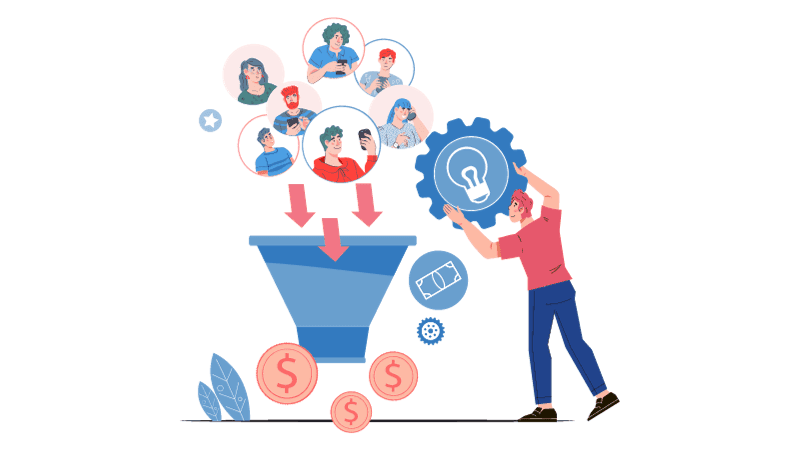


Digital Lead Investing: Definition, Myths, Steps, and Strategies
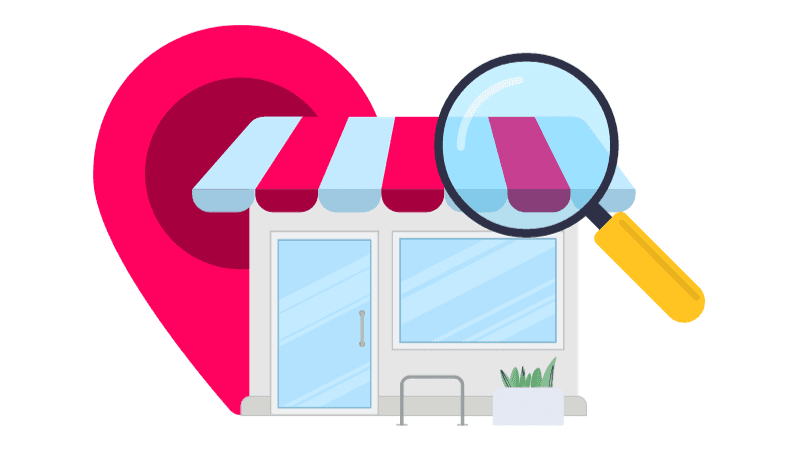


5 Steps To Start Local Lead Generation For Your Business



How Do You Develop an Effective Content Distribution Strategy



What is Lead Enrichment?



LinkedIn B2B Lead Generation: Strategies to Drive Business Growth

Supercharge your marketing results with LeadBoxer!
Analyze campaigns and traffic, segement by industry, drilldown on company size and filter by location. See your Top pages, top accounts, and many other metrics.
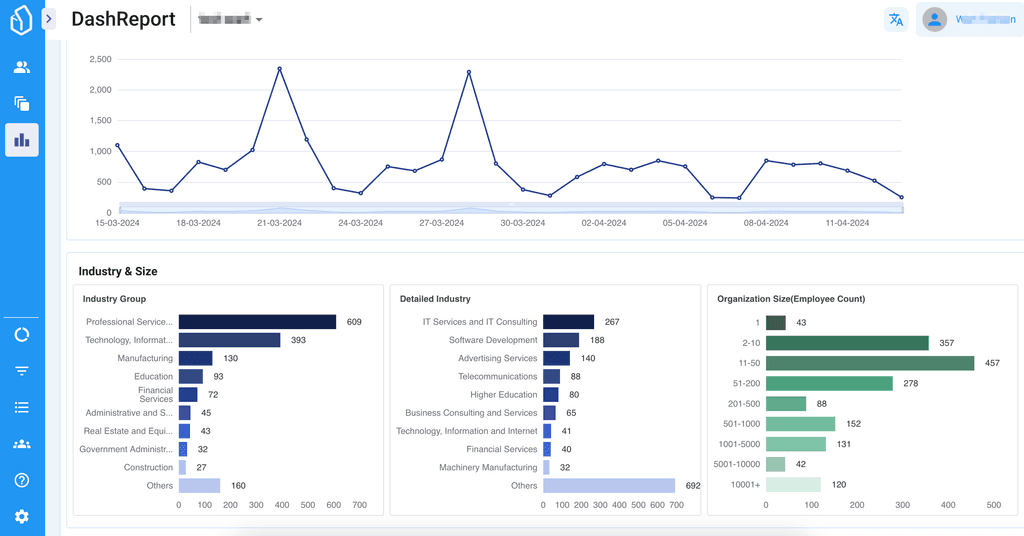

Supercharge your marketing results with LeadBoxer!
Analyze campaigns and traffic, segement by industry, drilldown on company size and filter by location. See your Top pages, top accounts, and many other metrics.


Supercharge your marketing results with LeadBoxer!
Analyze campaigns and traffic, segement by industry, drilldown on company size and filter by location. See your Top pages, top accounts, and many other metrics.


Supercharge your marketing results with LeadBoxer!
Analyze campaigns and traffic, segement by industry, drilldown on company size and filter by location. See your Top pages, top accounts, and many other metrics.


